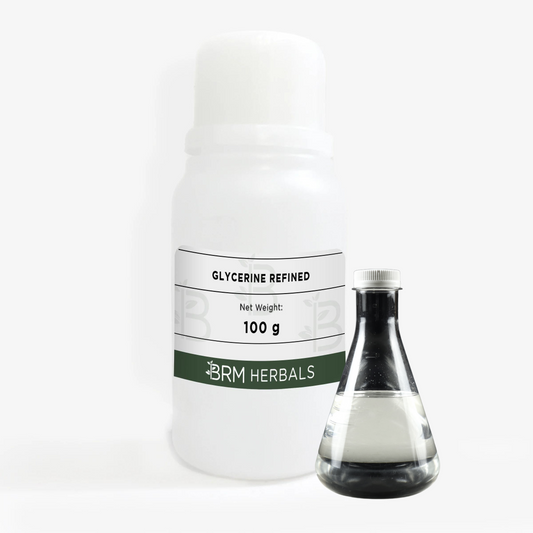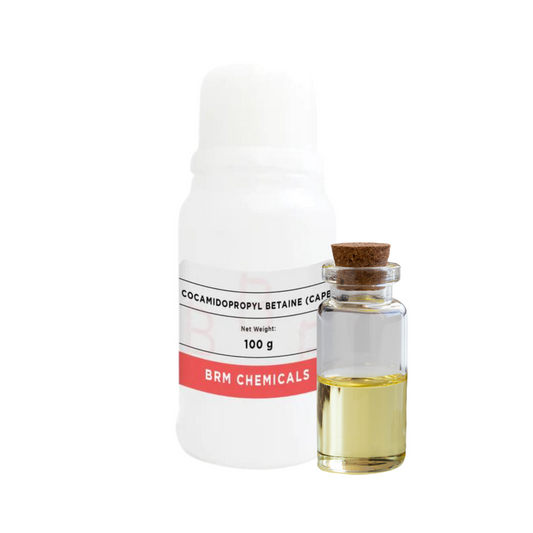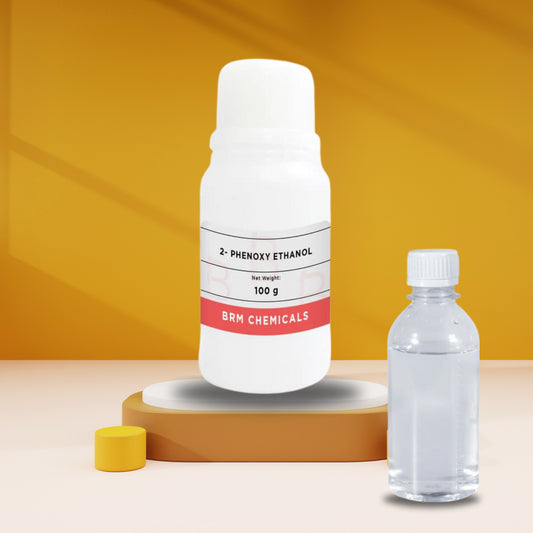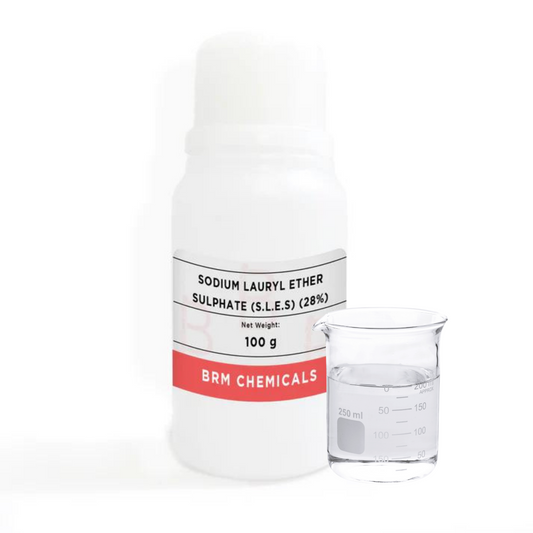How to make a lemon shampoo from scratch? Check out this detailed guide.
If you're somebody who just loves playing around with chemicals (Ingredients). Or perhaps you're a hobbyist, or maybe even an aspiring shampoo brand owner. In any of these cases, understanding the shampoo making procedure and the function of its ingredients is absolutely key. This knowledge will help you go big with successful experimentation and will empower you to create products with your own unique touch. Ultimately, this distinctiveness will help you stand out in a competitive market.
In this blog, we’ll explain the function of each ingredient, and provide a complete shampoo formulation procedure for a 1000g batch of an effective and refreshing best lemon shampoo formulation. So, let’s get started!
Lemon Shampoo – Sample Formulation (for 1000g batch)
Shampoo making ingredients list with % by weight and their function
|
Ingredient |
% w/w |
Function |
|
Aqua (Purified Water) |
50.0% |
Solvent/Base (Cannot write solvent for this product) |
|
Sodium Laureth Sulfate (SLES) |
25.0% |
Primary surfactant (cleansing) |
|
Cocamidopropyl Betaine |
10.0% |
Secondary surfactant (foam booster) |
|
Glycerin |
2.0% |
Humectant |
|
Polyquaternium-10 |
0.3% |
Conditioning agent |
|
Citric Acid |
q.s. |
pH Adjuster (target ~5.5) |
|
Lemon Extract |
2.0% |
Active ingredient |
|
Lemon Essential Oil |
0.5% |
Fragrance & scalp refresh |
|
Preservative (e.g. Phenoxyethanol) |
0.5% |
Antimicrobial |
|
Color (optional) |
q.s. |
Aesthetic |
|
EDTA (Disodium EDTA) |
0.2% |
Chelating agent |
|
Sodium Chloride |
q.s. |
Viscosity modifier (thickening) |
*q.s – as much as you need.
Function of Each Ingredient in your Lemon Shampoo
- Aqua (Purified Water): This will act as the base for the shampoo.
- Sodium Laureth Sulfate in shampoo: Sodium Laureth Sulfate is a powerful cleansing agent. It is one of the best shampoo formulation surfactants and will make your shampoo truly effective.
- Cocamidopropyl Betaine in shampoo: Everyone loves a shampoo with a good foam. Cocamidopropyl Betaine, a common ingredient, increases foaming and reduces the harshness of SLES.
- Glycerin in shampoo: Glycerin brings in moisture and keeps hair hydrated. Glycerin uses in shampoo is primarily for its softness.
- Polyquaternium-10 in shampoo: Polyquaternium-10 conditions and soothes the hair. It is one of the popular shampoo formulation ingredients.
- Citric Acid in shampoo: This balances the pH of the shampoo formula. Citric acid used in shampoo ensures it is scalp-friendly.
- Lemon Extract for hair: What’s a lemon shampoo without lemon? Lemon extract adds the benefits of lemon by adding antibacterial properties and shine to the scalp and strands.
- Lemon Essential Oil for hair growth: Lemon essential oil will add the classic lemon fragrance and stimulate the scalp. This one is a hero in herbal shampoo formulation ingredients.
- Phenoxyethanol in shampoo: Using phenoxyethanol preservative protects the shampoo from microbial contamination and increases its shelf life.
- Disodium EDTA in shampoo: This is a chelating agent that improves formula stability.
- Sodium Chloride in shampoo: Sodium chloride is Used for thickening the shampoo. Sodium chloride used in shampoo helps reach the desired viscosity however you like.
Shampoo Preparation Procedure
It’s time to create the perfect aromatic and effective lemon shampoo!
The lemon shampoo making procedure works in phases. Let’s begin.
Phase A – Water Phase

- Heat purified water to 60–70°C.
- Slowly disperse Polyquaternium-10 with high-speed stirring.
- Add Glycerin and EDTA (Disodium EDTA). Mix well until homogenous.
Phase B – Surfactant Phase

- In a separate vessel, mix Sodium Laureth Sulfate (SLES) and Cocamidopropyl Betaine.
- Slowly add Phase A into Phase B with gentle mixing to avoid excessive foaming.
Cool Down Phase

- Cool the batch to below 40°C.
- Add Lemon Extract, Lemon Essential Oil, Preservative (Phenoxyethanol), and color (if desired).
- Adjust pH to ~5.5 using Citric Acid.
- If needed, adjust viscosity using Sodium Chloride.
Final Steps

- Mix well and fill into containers of your choice
Making a shampoo for the first time? Here are a few tips for beginners.
- Always measure your ingredients using a digital scale for accuracy.
- Maintain hygiene during the formulation process.
- Test the pH using strips or a meter to ensure it is scalp-friendly.
- Store the shampoo in sterilized, airtight containers.
This shampoo making formula is a great starting point for anyone wanting to dive into DIY or small-scale shampoo production. With the right shampoo formulation ingredients, understanding of the shampoo preparation procedure, and some patience, you can create your own best lemon shampoo formulation at home or for your brand.
Want to experiment with more herbal options? This shampoo formulation procedure can be customized by swapping in other plant extracts or oils to suit different hair types.
Bring a touch of nature's authenticity and effectiveness to your creative projects with Hiya India's organic herbal extracts and essential oils. Our pure, organic, and ethically sourced ingredients are waiting to inspire you. Explore more.





